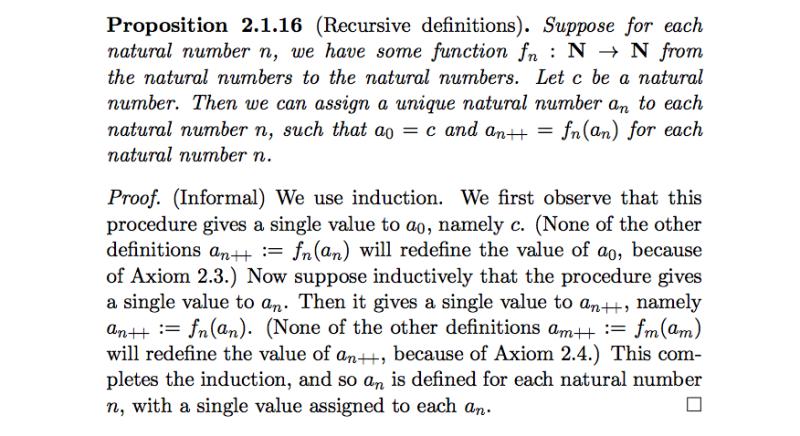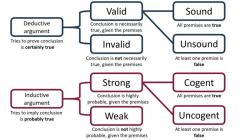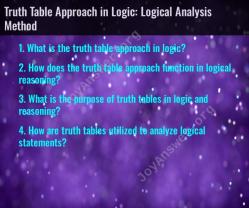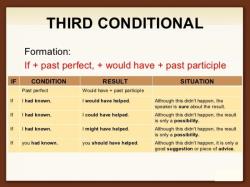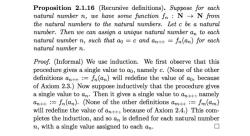What is the informal method of proof for conditional elimination?
Conditional elimination, also known as modus ponens, is a fundamental rule of inference in logic. Its informal method of proof allows you to draw a conclusion from a conditional statement and its antecedent. Here's an informal explanation of this technique:
Conditional Elimination (Modus Ponens):
Given: If then (written as ) and is true.
- Conditional Statement: Start with the conditional statement , which states that if is true, then is true.
- Antecedent: You have information that is true (e.g., from a premise or assumption).
Informal Proof Steps:
- Assume is True: You're given or have inferred that is true.
- Use the Conditional Statement: Because of , if is true, then must also be true. This is the essence of the conditional statement.
- Conclusion: Therefore, you can conclude is true based on the given conditional statement and the truth of .
Example:
Given: If it's raining (), then the streets are wet (). You know it's raining ().
- Assume (It's Raining): You have information that it's raining.
- Use the Conditional Statement : If it's raining (), according to the statement, the streets are wet ().
- Conclusion: Therefore, you can conclude that the streets are wet () because it follows from the conditional statement and the truth of .
Informal Logical Structure:
- If then (Given)
- (Assumption or Given)
- Therefore, (Conclusion based on Conditional Elimination)
The informal method of proof for conditional elimination relies on recognizing the implication between and and using the truth of to infer the truth of based on that implication.
Sure, here are some answers to your questions about the informal approach to proving conditional elimination:
What is the informal approach to proving conditional elimination?
The informal approach to proving conditional elimination, also known as modus ponens, is a simple and intuitive method of demonstrating the validity of this rule of inference. It relies on common sense and understanding of logical relationships rather than formal mathematical proofs.
Can you explain the less formal method for proving conditional elimination?
The informal approach to proving conditional elimination involves accepting two statements:
A conditional statement, which asserts the implication of one proposition (antecedent) from another (consequent), typically expressed as "If P, then Q" (P → Q).
A statement affirming the antecedent (P).
From these two statements, it is logically inferred that the consequent must also be true (Q). This intuitive reasoning process aligns with the natural understanding of conditional statements and their implications.
How is conditional elimination informally demonstrated in proofs?
In informal proofs, conditional elimination is often demonstrated by simply stating the conditional statement (P → Q) and the affirmation of the antecedent (P). Then, without further explanation or justification, the consequent (Q) is asserted as the conclusion. This informal approach relies on the common understanding of conditional statements and the logical implications they convey.
For example, consider the following informal proof:
If it is raining, the streets are wet. (P → Q)
It is raining. (P)
Therefore, the streets are wet. (Q)
This informal proof demonstrates the application of conditional elimination, concluding the consequent (the streets are wet) based on the given conditional statement and the affirmation of the antecedent (it is raining).
While informal proofs like this are intuitive and easy to understand, they lack the rigor and formality of mathematical proofs. Formal proofs require explicit justification of each step and employ well-defined rules of inference to ensure the validity of the reasoning process.
